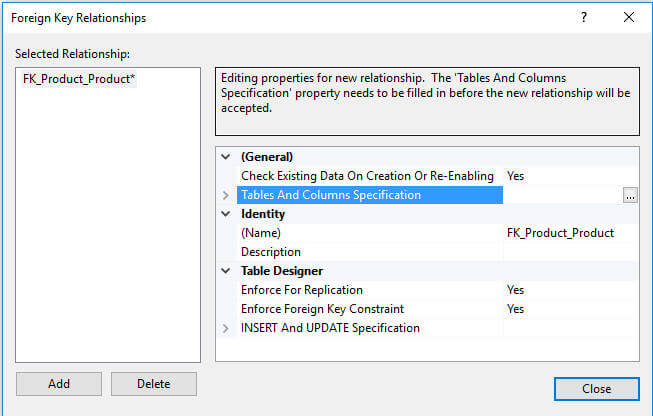

- #POSTGRESQL APPILY 2 PRIMARY KEYS UPDATE#
- #POSTGRESQL APPILY 2 PRIMARY KEYS FULL#
- #POSTGRESQL APPILY 2 PRIMARY KEYS CODE#
- #POSTGRESQL APPILY 2 PRIMARY KEYS FREE#
If PostgreSQL had waited for all the rows to be updated (i.e. per-statement checking) thre would be no problem. ERROR: 23505: duplicate key value violates unique constraint "snowflakes_i_key"

#POSTGRESQL APPILY 2 PRIMARY KEYS UPDATE#
The UNIQUE constraint here is not deferrable, so by default an UPDATE statement will enforce it per-row and will raise an error. What’s the practical difference between per-row and per-statement checking? It’s best illustrated with an example.ĬREATE TABLE snowflakes ( i int UNIQUE ) INSERT INTO snowflakes VALUES ( 1), ( 2), ( 3) UPDATE snowflakes SET i = i + 1 Even if a transaction does not choose to defer those constraints, their granularity is still subtly altered. As the table above shows, declaring UNIQUE or PRIMARY KEY constraint DEFERRABLE INITIALLY IMMEDIATE actually changes it from per-row to per-statement checking. Attempting to defer constraints outside of a transaction will do nothing and warn, WARNING: 25P01: SET CONSTRAINTS can only be used in transaction blocks. Without an explicit BEGIN command each statement runs in its own single-statement transaction where there is no difference between initially immediate or deferred. If a transaction wants to not defer it, the transaction must say SET CONSTRAINTS constraint_name IMMEDIATE. In this mode the constraint will be checked per-transaction by default.

COMMIT - but it better be correct at this pointĪdditionally, we can approach it the other way and mark the constraint DEFERRABLE INITIALLY DEFERRED. now we can do whatever we want to bar_id. The first step is marking a constraint deferrable like this:īEGIN - defer the constraint SET CONSTRAINTS foo_bar_fk DEFERRED.

(This is PostgreSQL behavior which violates the SQL standard.)īefore considering when/why to use deferrable constraints, let’s see how they work in general. There’s no way to defer CHECK and NOT NULL any later than per-row. Notice that some types of constraints won’t budge. To change a constraint’s validation granularity to the value in another column, we have to explicitly declare a constraint as deferrable. In the following table the NOT DEFERRABLE column lists the default for each constraint. However at commit time the constraints will be checked, and the transaction will fail if any constraints do not hold.īy default PostgreSQL checks each constraint with granularity type one or two, depending on the constraint’s type.
#POSTGRESQL APPILY 2 PRIMARY KEYS FREE#
Any statement inside a transaction is free to violate constraints.
#POSTGRESQL APPILY 2 PRIMARY KEYS FULL#
In this case a statement is allowed to make its full set of changes before the database checks for violations. In this case a statement which updates multiple rows will fail immediately, possibly partway through its operation, when one of the rows violates a constraint. To be more precise, PostgreSQL supports three enforcement granularities: While we can defer constraint checking to some degree, the buck stops at commit. Table of ContentsĪs I mentioned in a previous article, transactions are the units of consistency, thus the SQL standard does not allow a transaction to commit with any constraint violations. However there are times when it is convenient – and even necessary – to temporarily defer enforcement.
#POSTGRESQL APPILY 2 PRIMARY KEYS CODE#
This saves a lot of procedural application code and potential errors.Īutomatic constraint enforcement is a powerful feature, and should be leveraged whenever possible. The user can declare constraints that their data must obey, and then leave it to the database to enforce the rules. One strength of relational databases is their constant vigilance over data correctness.


 0 kommentar(er)
0 kommentar(er)
